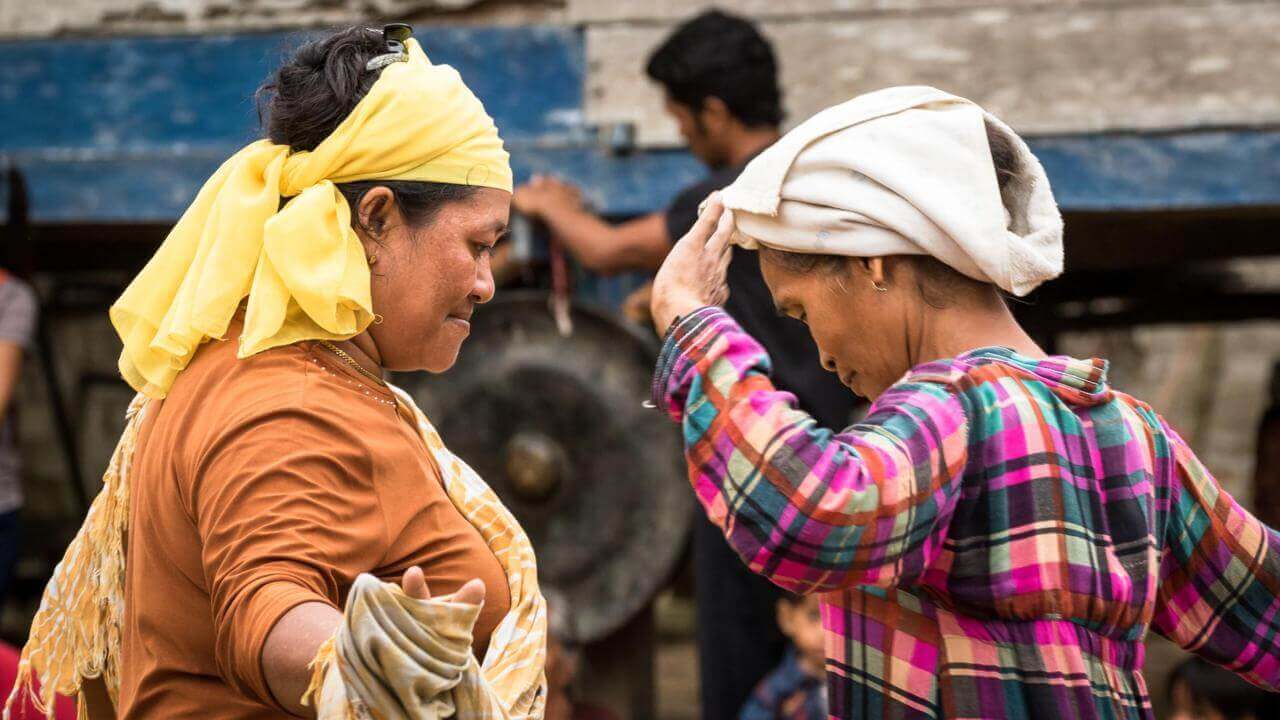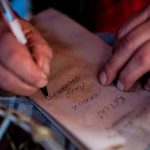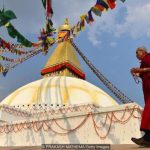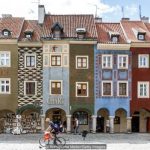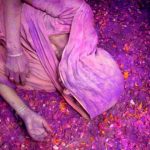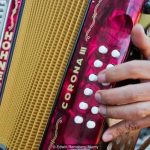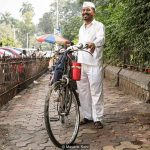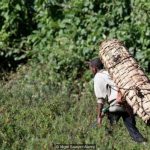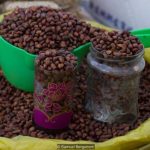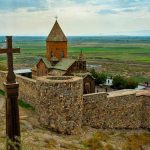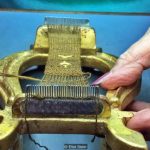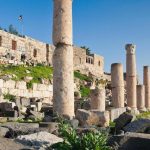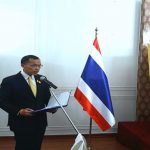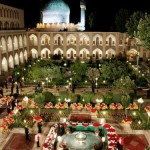In Indonesia the day tens of millions of people go home
Lebaran is one of the largest temporary human migrations globally, as workers return to their hometowns to celebrate with their families and to ask forgiveness from parents and elders.

In Indonesia the day tens of millions of people go home
A humbling experienceIn July 2016, I – along with a group of 20 scientists and students – was on the Indonesian island of Buton off the south-east peninsula of Sulawesi exploring remote tracts of jungle, where you find monkeys and marsupials living in the same trees and multitudes of endemic species. What I expected to be six weeks of monitoring the biodiversity in previously unsurveyed areas turned into a humbling experience of hospitality in an isolated coastal village.
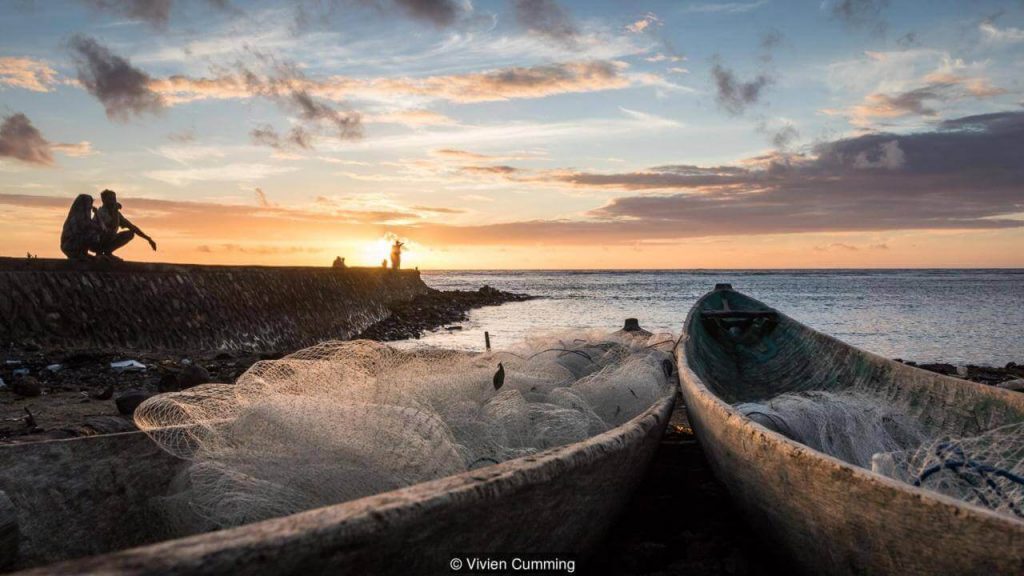
In Indonesia the day tens of millions of people go home
Working in remote jungle On our journey to the jungle in the island’s north-west, we travelled by car, boat and truck for two days from Baubau, the main town in southern Buton, and then reached the small fishing village of Lakansai. There, a beautiful beach sunset greeted us on arrival; fishermen were coming to shore and meals were being prepared in wooden stilt houses.
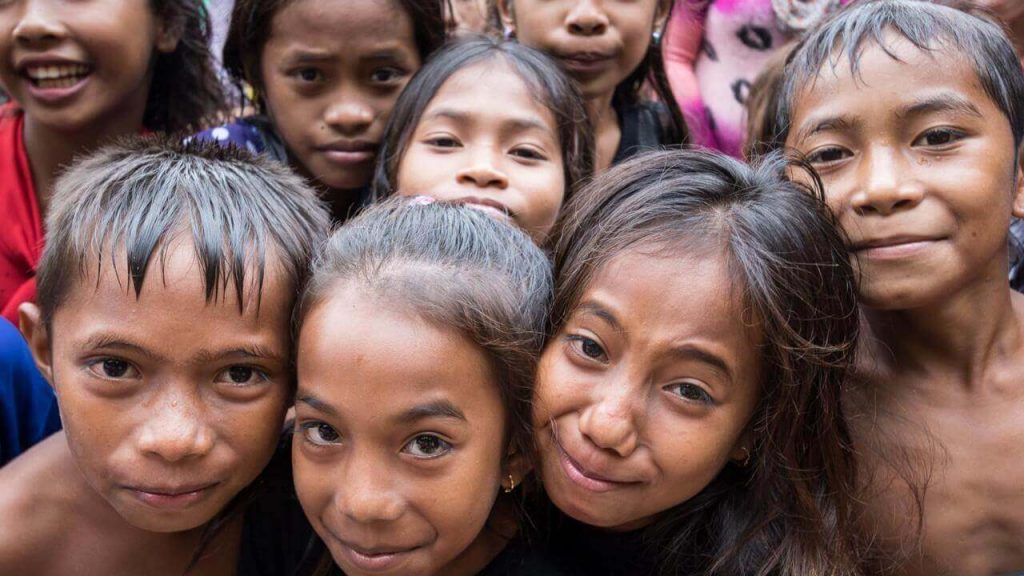
In Indonesia the day tens of millions of people go home
A two-day holiday Lakansai is home to roughly 80 families, most of whom are Muslim. And our expedition coincided with the holy month of Ramadan, when practising Muslims fast from dawn until dusk for a month. During our stay, the people there were celebrating Eid al-Fitr, the religious holiday that marks the end of fasting. Our guides invited us to the celebration and we gladly accepted.
In Indonesia, Eid al-Fitr is called Lebaran and is a national holiday that officially lasts for two days. Most people take time off; in fact, Lebaran is one of the largest temporary human migrations globally, as workers return to their hometowns to celebrate with their families and to ask forgiveness from parents and elders.
Toasting the deadVillagers had returned home from all over the island, and the excitement was palpable. Freshly caught fish were being cooked, and drinks were made from fruit syrup and coconut water. It is custom on the days leading up to Lebaran to visit relatives’ graves with food and drink to share with them. And so, we were led to a graveyard where multiple families were eating and drinking over tombstones, laughing and crying, reminiscing and giving thanks for life. We ate and drank together in a vibrant celebration of lives gone by.
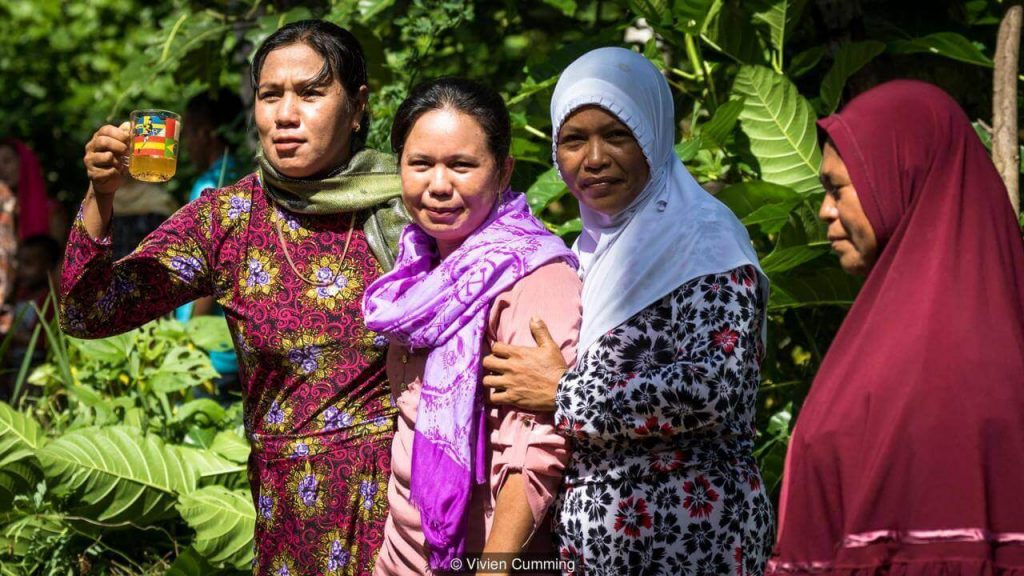
In Indonesia the day tens of millions of people go home
A time for reflectionOn the morning of Lebaran, the villagers got dressed up for prayers at the small local mosque. Many Muslim-Indonesians will wear traditional clothing: embroidered shirts (baju koko for men and kebaya kurung for women), sarongs (sarung), a veil (jilbab) for some women who choose and an embroidered cap (songkok) for some men.
“Ramadan is a time to reflect on my life and make peace with my family and friends. I also like to help people who need help during Ramadan,” said Adu, a local villager and one of our guides.
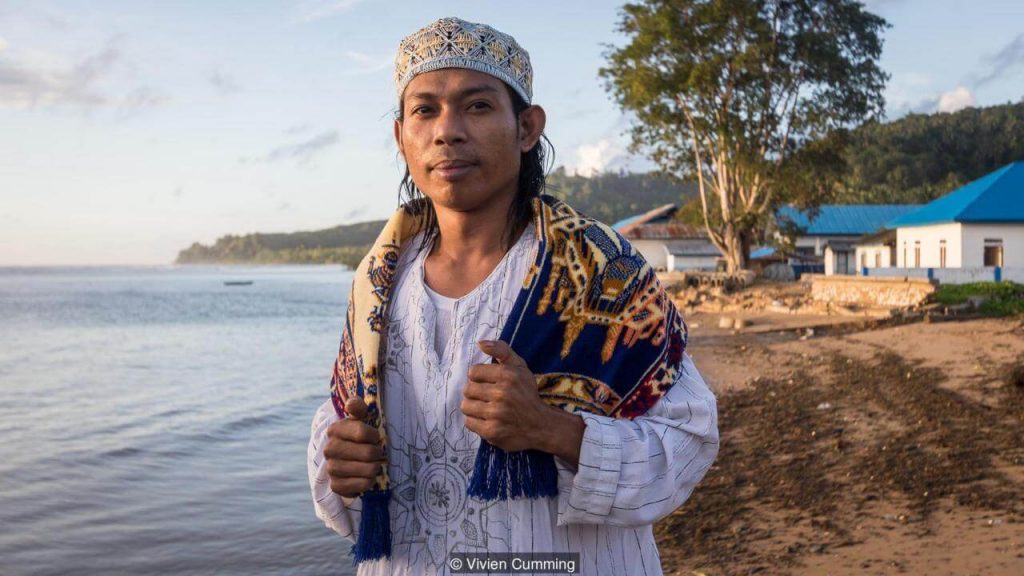
In Indonesia the day tens of millions of people go home
Breaking the fastAfter morning prayers, people gathered on the streets to greet their family and neighbours before heading home for a feast to break their fast. Most villagers weren’t used to meeting people from outside Buton, and many families invited our entire group to join them for this meal. We went from house to house, first being led into the kitchen to see what they were preparing, and then eating a huge meal that lasted at least an hour each time.
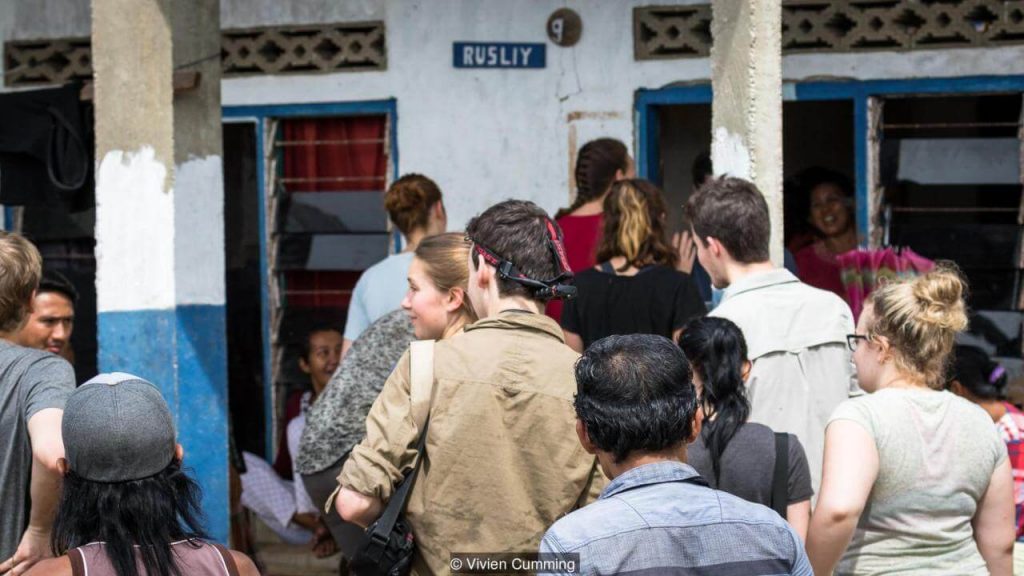
In Indonesia the day tens of millions of people go home
Meeting and feastingThe meals consisted of various chilli-spiked rice and fish dishes. Local specialities included lapa lapa, made from sticky rice and red beans cooked in coconut milk; followed by sweet dishes like cucuru, balls of deep-fried brown sugar and rice flour. At the start of each meal, the elder of the house would say a prayer and bless the food, and then welcome us to the floor where we would sit and eat in a circle.
Indonesians often make small sweet biscuits for special occasions, and each family had made a huge bag for us to take to the jungle. We even got a chance to help make Indonesian donats, simple fried rings of dough dipped in sugar.
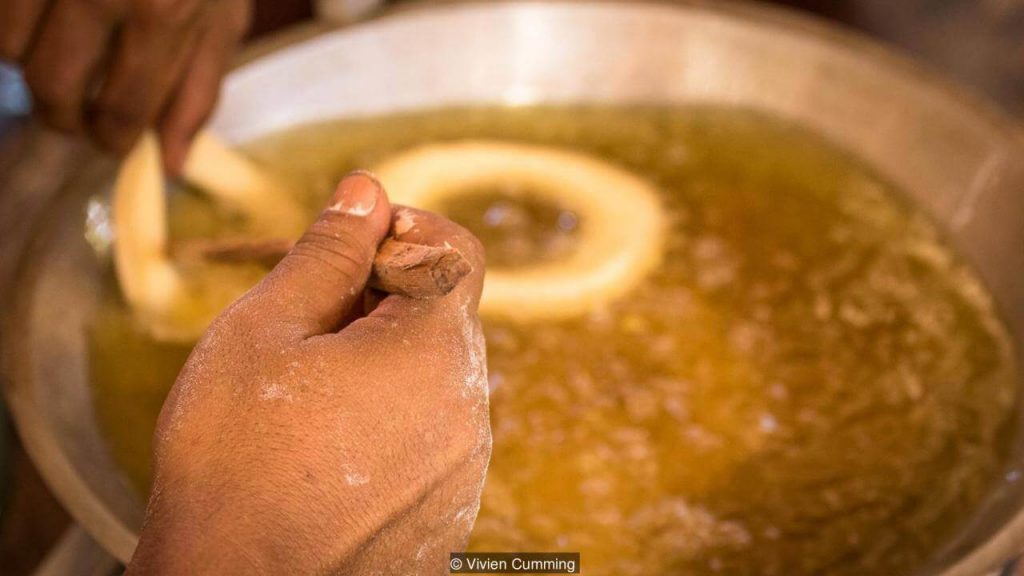
A special showIn the late afternoon after everyone had eaten, we were treated to a performance of an Indonesian marital art called Pencak Silat. One of our guides, Dedy Muldiana, explained; “They don’t normally do this for Eid celebration, it’s usually for almost all other events like marriage, but you guys are lucky they are showing us now.”
The villagers fetched drums and gongs and formed a circle. Someone would enter the circle and challenge another person to a ‘fight’. They bowed, and then gracefully kicked and swung at each other, mostly with no contact. The winner seemed to be determined by whoever bowed out first.
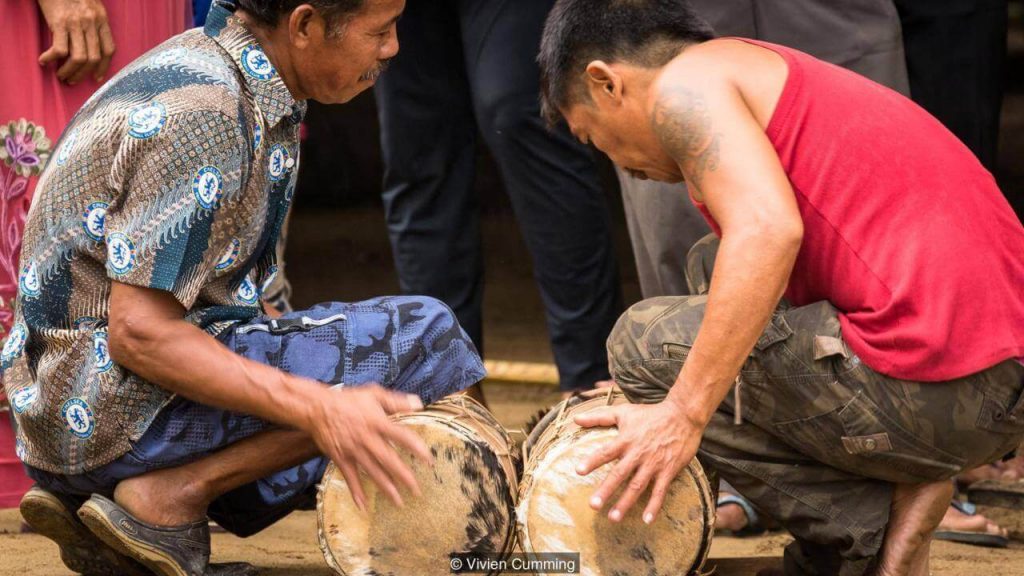
In Indonesia the day tens of millions of people go home
A martial art created by womenPencak Silat can be traced back as far as the 6th Century in Riau, a province of Sumatra. Traditionally the martial art was performed by women, as it originated in a society based around matrilineal custom. The Minang, an ethnic group indigenous to the highlands of West Sumatra, used it for defensive purposes and it spread throughout Indonesia. Today everyone joins in, male or female, experienced or not, and it is performed as a sport as well as for celebratory purposes.
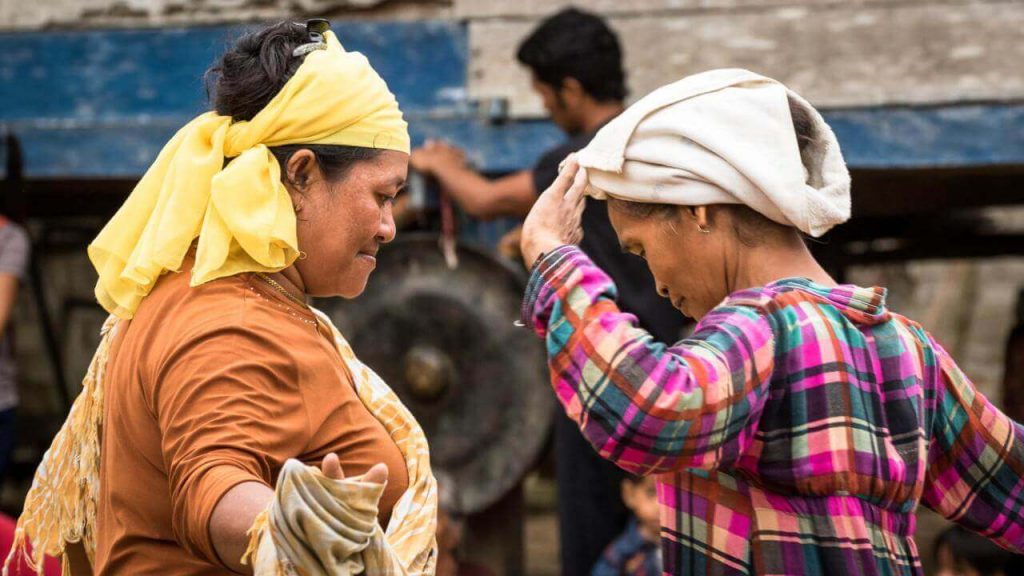
In Indonesia the day tens of millions of people go home
A countrywide art form“You find Pencak Silat all over Indonesia, but the version they do here is more usual for this area and known as Silat. They normally dress in black with a headband, very like most expert martial art shows, but today it’s for fun.” Muldiana said.
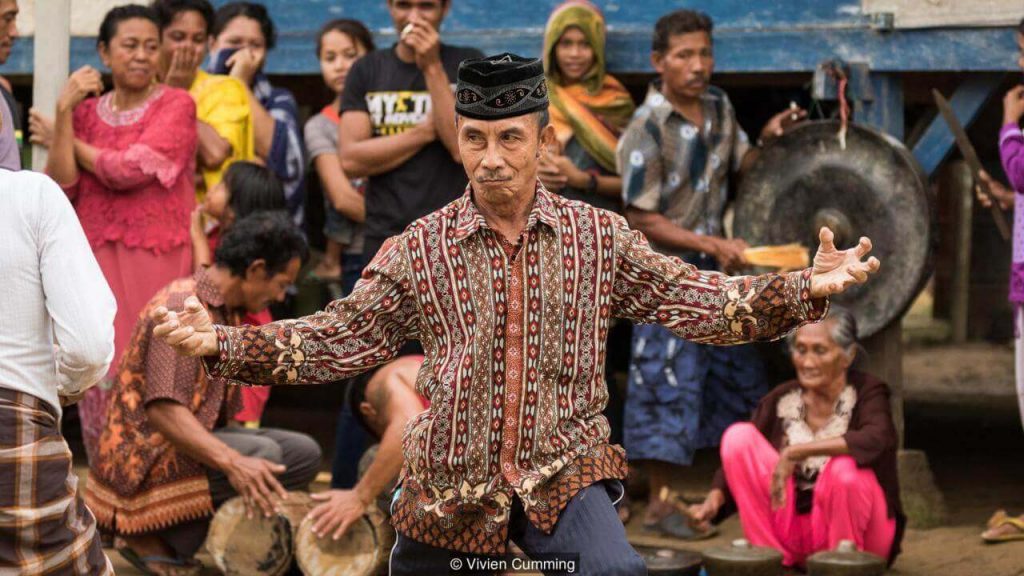
In Indonesia the day tens of millions of people go home
A village affairWhat we witnessed was more of a dance than a fight. The whole village – including us – congregated and joined in. Some of us were even invited into the ring to attempt this martial art. Not having any idea what to do, we embarrassed ourselves with ungraceful moves while local children fell into hysterics. We were honoured that they’d invited us into their ritual, and they admired our bravery for attempting it in front of the whole village.
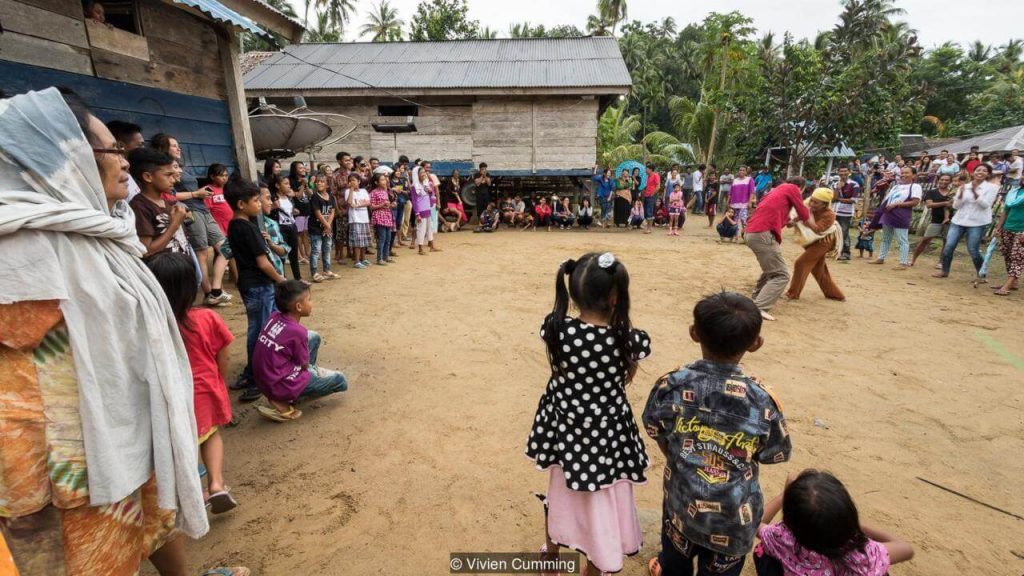
In Indonesia the day tens of millions of people go home
The end of the partyAs night fell and Lakansai gradually went quiet, we reflected on the extreme kindness and generosity we had experienced. We headed into the jungle with full stomachs, bags of biscuits and memories of martial arts in the streets – and the joy of being welcomed as honoured guests.
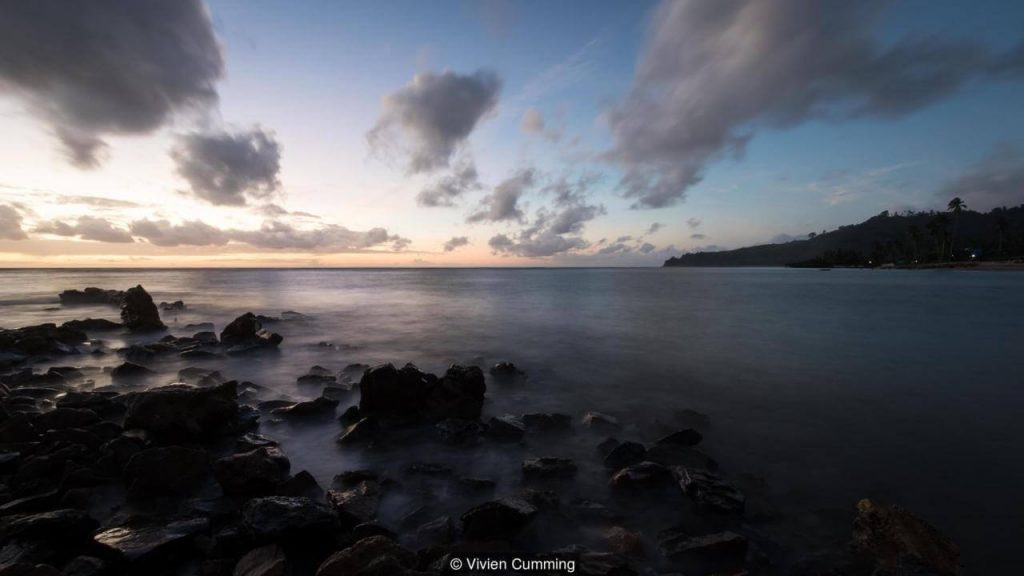
In Indonesia the day tens of millions of people go home
travel to Iran, trip to Iran, Iran tours, Iran traveler, Iran travel agency, Iran tour operator, Iran visa, Iran travel news, travel, traveler, Iran accommodation, Iran hotel, Iran flights, Iran local travel agency, Iran destination, Iran visitors, Iran trip adviser, trip adviser, Iran safety, Iran hotel, Travel news, Iran travel news, Iran cultural tour, Iran classical tour, Iran natural tour, Iran nomad tour, Iran historical tour, Iran eco tour, Iran booking hotel
